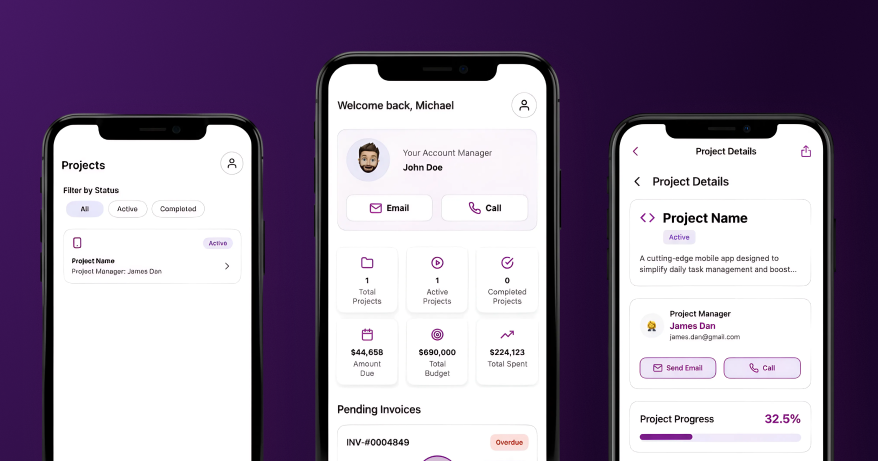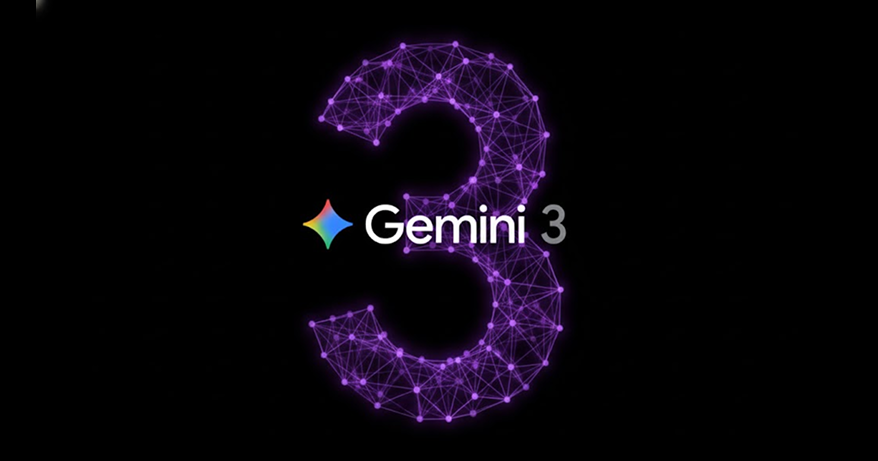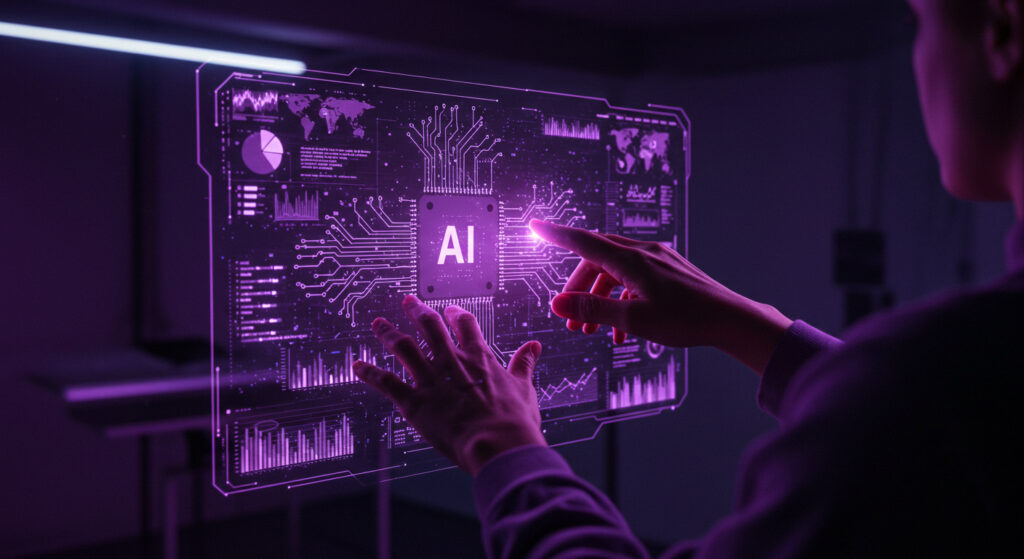In today’s rapidly evolving security landscape, organizations must stay one step ahead of emerging threats. Traditional security systems often rely on reactive measures, such as alarms that trigger after an incident has already occurred. Proactive monitoring powered by ambient invisible intelligence shifts this paradigm. By embedding AI-enabled sensors and platforms seamlessly into the environment, systems can sense subtle changes, adapt to user needs and intervene before a breach ever takes place.
What Is Ambient Invisible Intelligence?
Ambient invisible intelligence refers to the integration of discreet sensing devices, analytics engines and adaptive algorithms into everyday spaces. Instead of drawing attention to itself, the technology quietly collects data, learns normal patterns and flags anomalies in real time. Key characteristics include:
- Continuous Learning: AI models update themselves as new data arrives, refining their understanding of what constitutes normal behavior.
- Seamless Integration: Sensors and processors are embedded into walls, furniture or even lighting fixtures, making monitoring virtually imperceptible.
- Context Awareness: Systems interpret data within the context of time, location and environment, reducing false alarms and focusing on genuine risks.
How Embedded AI Platforms Drive Proactive Security
At the heart of ambient intelligence are embedded AI platforms that combine edge computing with cloud resources. Edge devices handle initial data processing—such as motion patterns or temperature fluctuations—while cloud services perform deeper analysis and long-term trend spotting. This hybrid approach delivers:
- Ultra Low Latency Alerts
By processing data on site, edge AI can instantly recognize suspicious activity, like a door opening at an unusual hour, and trigger alerts without waiting for cloud round trips. - Reduced Data Footprint
Only critical events or summarized insights are sent to central servers, minimizing bandwidth usage and lowering storage costs. - Scalable Deployment
Modular AI components can be added gradually, enabling organizations to start small and expand monitoring across multiple facilities.
Real-World Proactive Monitoring Systems
Below are a few concepts and systems illustrating how ambient intelligence transforms security operations:
- Smart Surveillance Walls
Imagine an office lobby where security cameras are embedded behind patterned glass panels. Advanced video analytics detect loitering behaviors or unattended objects and silently notify security staff only when intervention is needed. - Adaptive Access Control
Intelligent door locks recognize employees through gait analysis captured by floor sensors. When unfamiliar footsteps approach, the system dims lights and activates voice prompts requesting identification, all without manual badge scanning. - Environmental Threat Detection
Air quality sensors integrated into ceiling tiles continuously monitor for chemical or biological agents. If trace levels exceed predefined thresholds, the system automatically seals off ventilation zones and signals emergency protocols. - Behavioral Biometrics Gateways
Keyboards and touchscreens in secure areas are equipped with sensors that learn individual typing rhythms or swipe gestures. Anomalies trigger secondary authentication challenges before granting access.
Shaping the Future of Security Operations
Ambient invisible intelligence signals a shift from bulky infrastructure to a fabric of discreet protection. Security teams can move from firefighting incidents to orchestrating strategic defenses. Key benefits include:
- Enhanced Situational Awareness
Integrated dashboards combine data from video, audio, environmental and user interaction sensors. Operators gain a holistic view of facility health and security status. - Predictive Risk Modeling
By analyzing historical patterns, AI estimates the likelihood of certain threats, such as unauthorized entry attempts or equipment tampering, and recommends preemptive countermeasures. - User-Centric Adaptation
In a smart building, lighting, temperature and access privileges adjust dynamically based on individual roles and schedules. Convenience and security coexist without friction. - Privacy-First Monitoring
With on-device analytics and data minimization, sensitive information never leaves its origin. Anonymized insights drive alerts while preserving personal privacy.
Integrating Ambient Intelligence with 247 Labs Services
At 247 Labs, we specialize in developing custom AI platforms and tailored monitoring solutions that leverage ambient invisible intelligence. Our services include:
- Architecture Design and Prototyping
We assess your facility needs, select optimal sensor arrays and build proof-of-concepts to validate detection and adaptation workflows. - Edge-to-Cloud AI Deployment
Our team implements lightweight AI models on edge devices and orchestrates secure data pipelines to cloud infrastructure for advanced analytics. - Continuous Optimization and Support
Over time, our experts fine-tune algorithms, expand the sensor network and integrate third-party tools to keep your security posture resilient against evolving threats.
Use Cases for Enterprise Security
Organizations across industries are embracing proactive monitoring in diverse ways:
- Healthcare Campuses
Hospitals deploy invisible intelligence to monitor operating room doors, ensuring sterile environments remain uncompromised and only authorized personnel gain entry. - Financial Institutions
Bank branches use behavioral biometrics to detect abnormal ATM usage patterns and instantly disable machines when fraud is suspected. - Manufacturing Facilities
Embedded sensors along assembly lines detect unusual vibrations or temperature spikes, preventing equipment failure and production downtime. - Data Centers
Discreet thermal cameras and humidity sensors maintain ideal conditions for servers while alerting staff to environmental anomalies before damage occurs.
Steps to Adopt Ambient Invisible Intelligence
Organizations seeking to modernize their security operations can follow this roadmap:
- Conduct a Needs Assessment
Identify critical assets, high-risk zones and compliance requirements that will shape sensor placement and analytics priorities. - Pilot a Targeted Deployment
Start with a single use case, such as access control in a sensitive area, to validate technology and processes before scaling. - Develop Integration Layer
Ensure new sensors and AI platforms communicate with existing security information and event management systems (SIEM) for unified monitoring. - Train Staff and Define Protocols
Develop clear response workflows for AI-driven alerts, assign ownership and provide ongoing training to security personnel. - Scale Across the Organization
Use lessons learned from initial pilots to expand ambient intelligence into additional sites, refining models and configurations as you grow.
Challenges and Considerations
While the promise of ambient invisible intelligence is significant, organizations must navigate:
- Data Security and Compliance
Guarantee end-to-end encryption, rigorous access controls and adherence to data privacy regulations such as GDPR or CCPA. - Model Drift and Maintenance
Regularly retrain AI models to account for changing patterns, such as new building layouts, staff turnover or evolving threat techniques. - Interoperability
Choose open standards and APIs to integrate with diverse hardware vendors and enterprise software ecosystems. - Ethical Implications
Balance proactive security with respect for personal privacy. Engage stakeholders and establish transparent policies around data use.
The Road Ahead
Future advances in miniaturization, low-power AI chips and 5G connectivity will accelerate the adoption of ambient invisible intelligence. We can expect:
- Even More Discreet Sensors
From smart paint that changes color with structural stress to fabrics woven with conductive fibers, monitoring will become truly invisible. - Self-Healing Networks
Intelligent systems will detect sensor failures or cyber intrusions and autonomously reconfigure to maintain coverage. - Collaborative Intelligence
IoT devices, robotic patrol units and human operators will share real-time insights, creating security ecosystems that learn from each other. - Contextual Personalization
Environments will adapt not only for safety but also for productivity and comfort, dimming lights during video conferences or adjusting climate settings for optimal focus.
By embracing ambient invisible intelligence, organizations transform security from a reactive burden into a seamless part of the environment, protecting assets, people and data with minimal disruption. As systems become more intuitive and anticipatory, the role of security professionals will evolve toward strategic oversight and continuous improvement.
Ready to harness the power of ambient invisible intelligence in your security operations? Contact 247 Labs today to design a custom proactive monitoring solution that adapts to your needs and safeguards your future.





